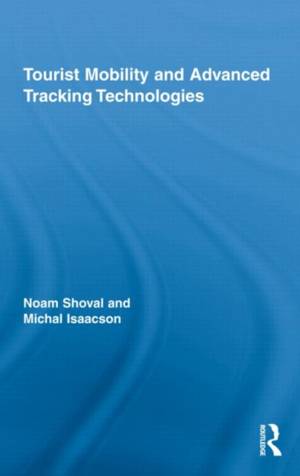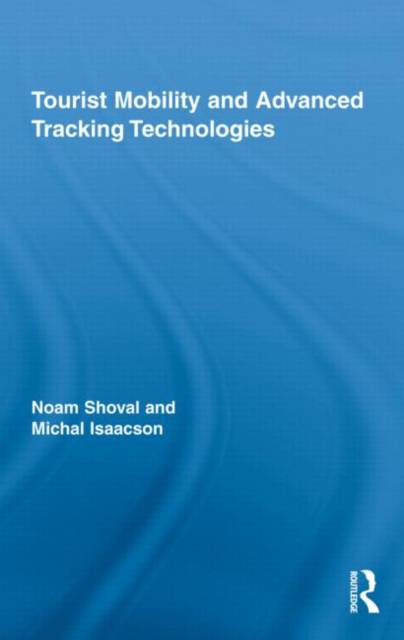
- Retrait gratuit dans votre magasin Club
- 7.000.000 titres dans notre catalogue
- Payer en toute sécurité
- Toujours un magasin près de chez vous
- Retrait gratuit dans votre magasin Club
- 7.000.0000 titres dans notre catalogue
- Payer en toute sécurité
- Toujours un magasin près de chez vous
290,45 €
+ 580 points
Format
Description
The remarkable developments in tracking technologies over the past decade have opened up a wealth of possibilities in terms of research into tourist spatial behaviour. To date, most research in the field has been based on data derived from less objective - hence methodologically problematic - sources. This book examines the various technologies available to track pedestrians and motorized vehicles as well as the moral, ethical and legal issues arising from the utilization of data thus obtained. The methodologies outlined in the book could prove revolutionary in terms of tourism research, management and planning.
Spécifications
Parties prenantes
- Auteur(s) :
- Editeur:
Contenu
- Nombre de pages :
- 208
- Langue:
- Anglais
- Collection :
Caractéristiques
- EAN:
- 9780415963527
- Date de parution :
- 01-09-09
- Format:
- Livre relié
- Format numérique:
- Genaaid
- Dimensions :
- 152 mm x 229 mm
- Poids :
- 476 g

Les avis
Nous publions uniquement les avis qui respectent les conditions requises. Consultez nos conditions pour les avis.






